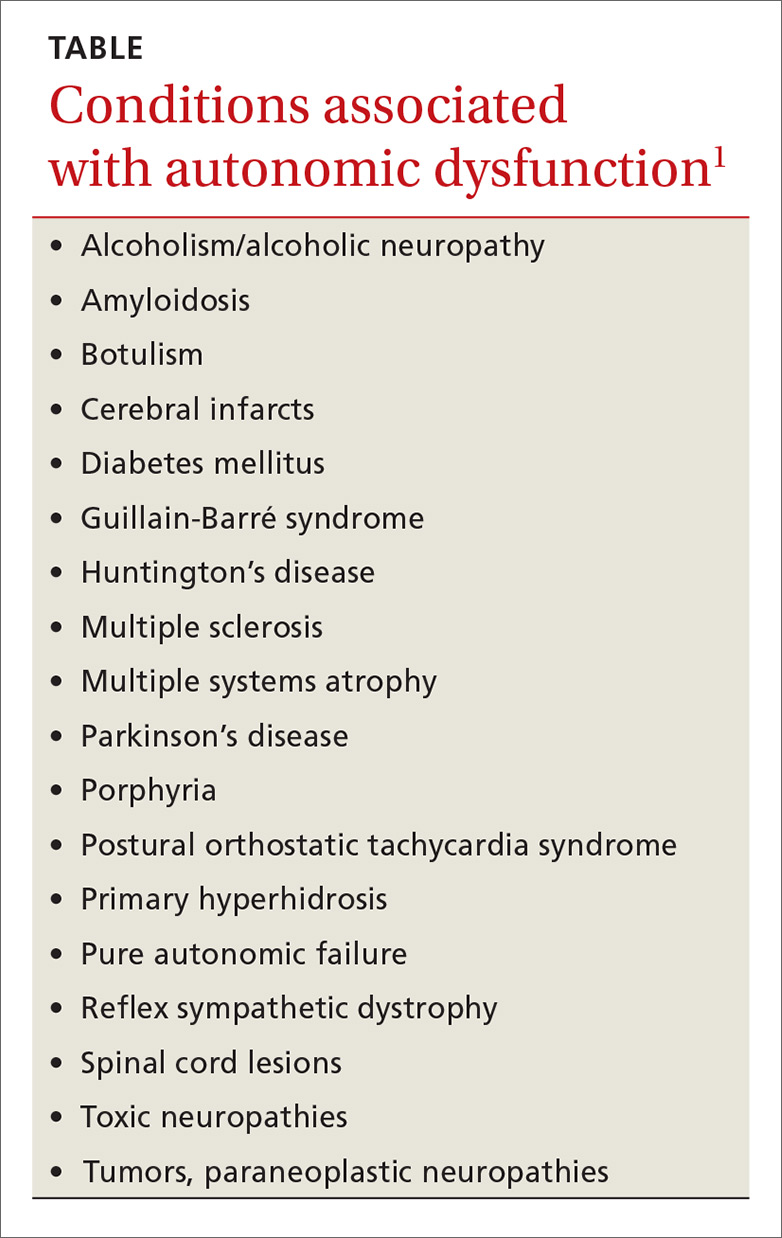Autonomic Dysfunction: Causes, Symptoms, and Management

Autonomic dysfunction, also termed dysautonomia, occurs when the autonomic nervous system (ANS)—which regulates involuntary functions like heart rate, digestion, and blood pressure—fails to operate properly. This condition manifests through diverse symptoms and has multiple etiologies, ranging from diabetes to autoimmune disorders. Below is a synthesis of its key aspects.
Causes of Autonomic Dysfunction
- Primary Causes:
- Diabetes: The most common cause, particularly in poorly controlled cases, leading to autonomic neuropathy14.
- Autoimmune disorders: Conditions like Guillain-Barré syndrome, lupus, or autoimmune autonomic ganglionopathy (AAG) damage autonomic nerves358.
- Inherited neurodegenerative diseases: Parkinson’s disease, multiple system atrophy, or pure autonomic failure57.
- Secondary Causes:
Symptoms of Autonomic Dysfunction
Symptoms vary based on affected organ systems:
| System | Common Symptoms |
|---|---|
| Cardiovascular | Orthostatic hypotension (dizziness upon standing), palpitations, tachycardia17. |
| Gastrointestinal | Gastroparesis (slow stomach emptying), nausea, constipation, or diarrhea24. |
| Urinary | Incontinence, urinary retention, or incomplete bladder emptying37. |
| Sexual | Erectile dysfunction in men; vaginal dryness or difficulty orgasming in women27. |
| Neurological | Brain fog, blurred vision, pupillary dysfunction, or Adie’s pupil58. |
| Secretomotor | Anhidrosis (reduced sweating) or hyperhidrosis (excessive sweating)57. |
Postural Orthostatic Tachycardia Syndrome (POTS), the most prevalent subtype, involves rapid heart rate spikes (>30 bpm) upon standing, often with lightheadedness16.
Diagnosis and Testing
- Clinical Evaluation:
- Symptom history: Focus on orthostatic intolerance, GI issues, or sexual dysfunction.
- Physical exam: Assess blood pressure changes, pupillary responses, and sweating.
- Diagnostic Tests:
Management and Treatment
- Lifestyle Modifications:
- Pharmacologic Interventions:
- Addressing Underlying Causes:
- Diabetes: Tight glucose control to prevent neuropathy14.
- Autoimmune disorders: Immunotherapy (e.g., IVIG for AAG)38.
Prognosis and Quality of Life
Autonomic dysfunction is often chronic, with no cure. However, symptom management and lifestyle adjustments can significantly improve quality of life. Early diagnosis of conditions like diabetes or autoimmune disorders is critical to prevent irreversible nerve damage15.
Conclusion
Autonomic dysfunction encompasses a spectrum of disorders, from POTS to autonomic neuropathy, with diabetes and autoimmune diseases as leading causes. While treatment focuses on symptom relief, addressing underlying triggers (e.g., glucose control) is pivotal.
Consult with Our Team of Experts Now!
At DrStemCellsThailand (DRSCT)‘s Anti-Aging and Regenerative Medicine Center of Thailand, we emphasize comprehensive evaluations and personalized treatment plans of Cellular Therapy and Stem Cells for managing various health conditions. If you have questions about Autonomic Dysfunction or would like more information on our services, consult with our experts today!
Consult with Our Team of Experts Now!
References















